Platform of origin Arcade | Publisher Konami | |
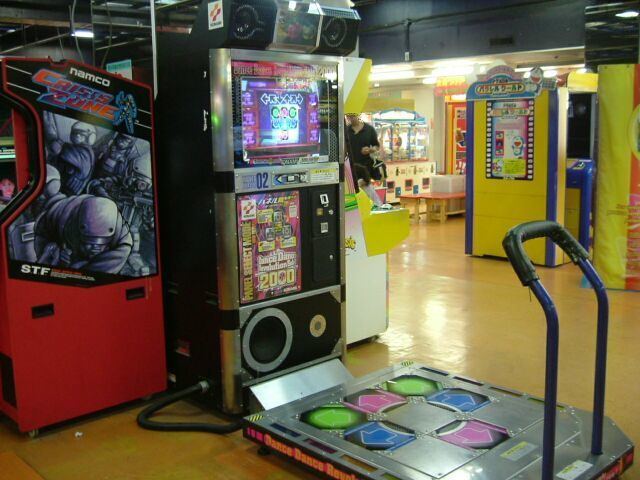 | ||
Games Dance Dance Revolutio, Dance Dance Revolutio, Dance Dance Revolutio | ||
Dance dance revolution solo 2000 game play
Dance Dance Revolution Solo was a short-lived series of games spun off of the main Dance Dance Revolution series. It consists of three arcade releases in Japan. The game mode was also adapted for use in a children's arcade version and two console releases (as a game mode).
Contents
- Dance dance revolution solo 2000 game play
- Dance dance revolution solo bass mix game play
- Gameplay
- Dance Dance Revolution Solo Bass Mix
- Dance Dance Revolution Solo 2000
- Dance Dance Revolution Solo 4thMix
- Derivatives
- Dance Dance Revolution Kids
- Music
- Soundtrack
- Controversy
- References
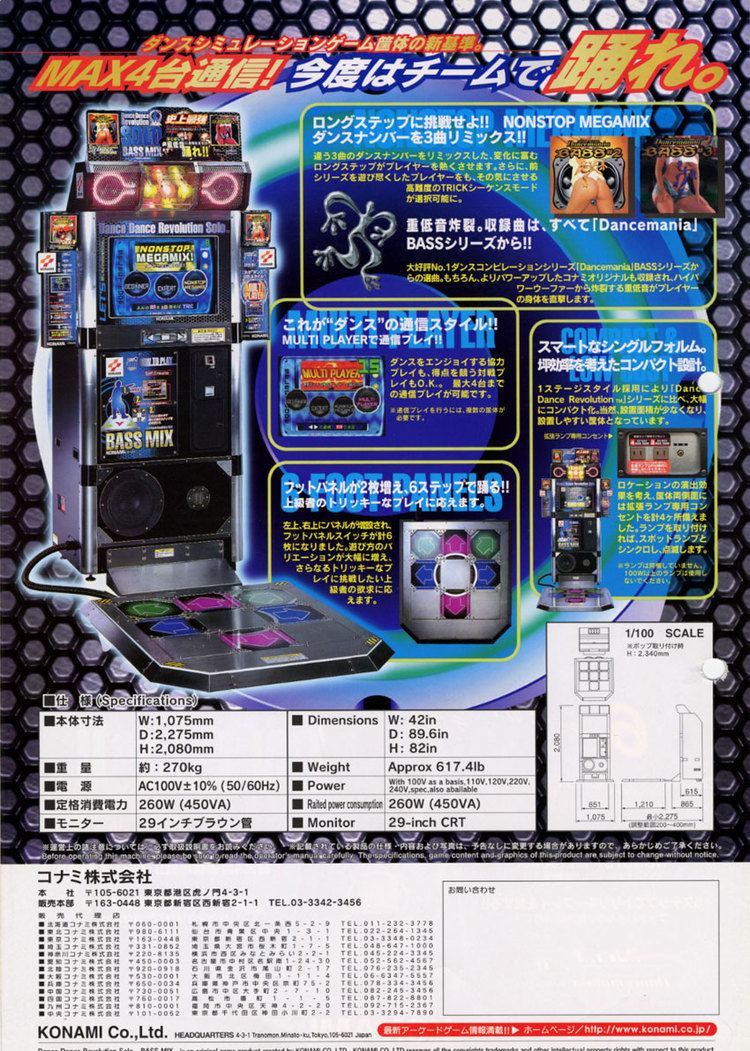
Dance dance revolution solo bass mix game play
Gameplay
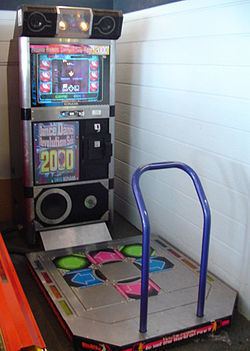
Gameplay in the Solo series is nearly identical to that of the main Dance Dance Revolution series, but with a few differences to optimize the game for single-player mode. In addition to the four-panel mode offered in the main series, Solo adds a three-panel mode in its Bass Mix and 2000 releases, as well as a six-panel mode in all of its releases. Both modes add two new panels: up-left and up-right. The three-panel mode adds the down arrow to these, while the six-panel mode combines both the four traditional panels and the two new panels.
Dance Dance Revolution Solo Bass Mix
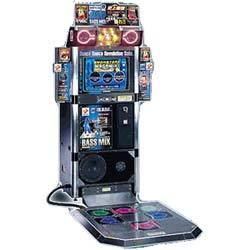
(ダンスダンスレボリューションソロベースミックス, Dansu Dansu Reboryūshon Soro Bēsu Mikkusu) is the first game in the series. It was released as an arcade game by Konami on August 19, 1999 in Japan. The game premiered 16 songs to the series and takes its name, as well as most of its soundtrack, from the Dancemania BASS albums. This is the first game that features a live-action intro.
Dance Dance Revolution Solo 2000
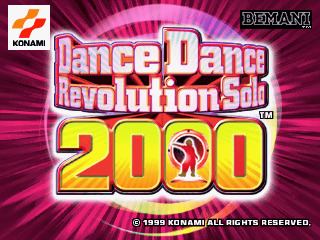
(ダンスダンスレボリューションソロ2000, Dansu Dansu Reboryūshonsoro Tsū Sauzando) the second game in the series. It was released as an arcade game by Konami on December 16, 1999 in Japan. DDR Solo 2000 premiered 20 songs to the series and also featured all 16 songs from Bass Mix, for a total of 36 songs.
Dance Dance Revolution Solo 4thMix
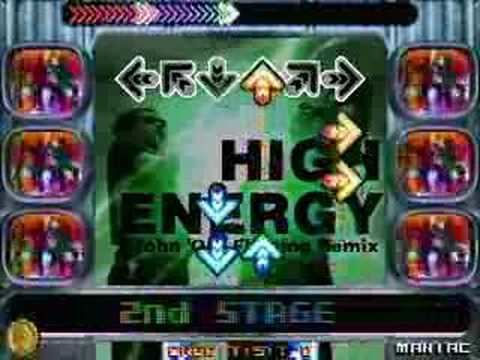
This game and Dance Dance Revolution Solo 4thMix Plus were released concurrently with 4thMix and 4thMix Plus respectively, designed for use with Solo cabinets. The changes in the actual game engine are few, but significant. The 4 and 6-panel modes are offered instead of the usual options, and the chubby arrows of the Solo series also appear. Multi-player Mode from the Solo series is not present in either game.
Derivatives
While not Solo releases per se, these games offer a one-player mode inspired by Solo.
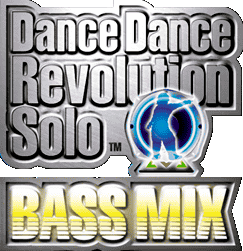
Dance Dance Revolution Kids
(ダンスダンスレボリューションキッズ, Dansu Dansu Reboryūshon Kizzu), sometimes abbreviated as DDR Kids (DDRキッズ, Dī Dī Ā Kizzu), is a game in the Dance Dance Revolution series aimed at a younger audience. Released in December 2000 by Konami for the Japanese arcade rooms, DDR Kids is limited in comparison to the main series. Only one player can play at a time, the steps are very simplistic and it's easier to score a passing grade. The arcade machine is smaller than a typical DDR machine, designed for smaller players. The song selection is also limited with only a couple of tracks from the main series. The rest are mostly exclusive to this release and feature theme songs to children's shows that have aired in Japan.
Music
All songs from Dance Dance Revolution Solo BASSMIX can also be played in Dance Dance Revolution Solo 2000.
Dance Dance Revolution Kids
Dance Dance Revolution Solo BASSMIX
Dance Dance Revolution Solo 2000
Soundtrack
A combined soundtrack for both DDR Solo mixes was released by Toshiba-EMI under their Dancemania dance music brand. It contains 35 tracks from the game and all 9 megamixes.
Controversy
In 2002, a local arcade in San Diego, California removed a Solo 2000 machine after Jennifer Stoefen and several members of the local "Youth Advocacy Coalition" complained that the background movies of selected songs contained images that could promote drug and alcohol abuse, such as a scantily clad nurse and pills in "I'm Alive" and alcoholic drinks appearing in "Club Tropicana". The machine was replaced by a mix which did not contain the imagery.
